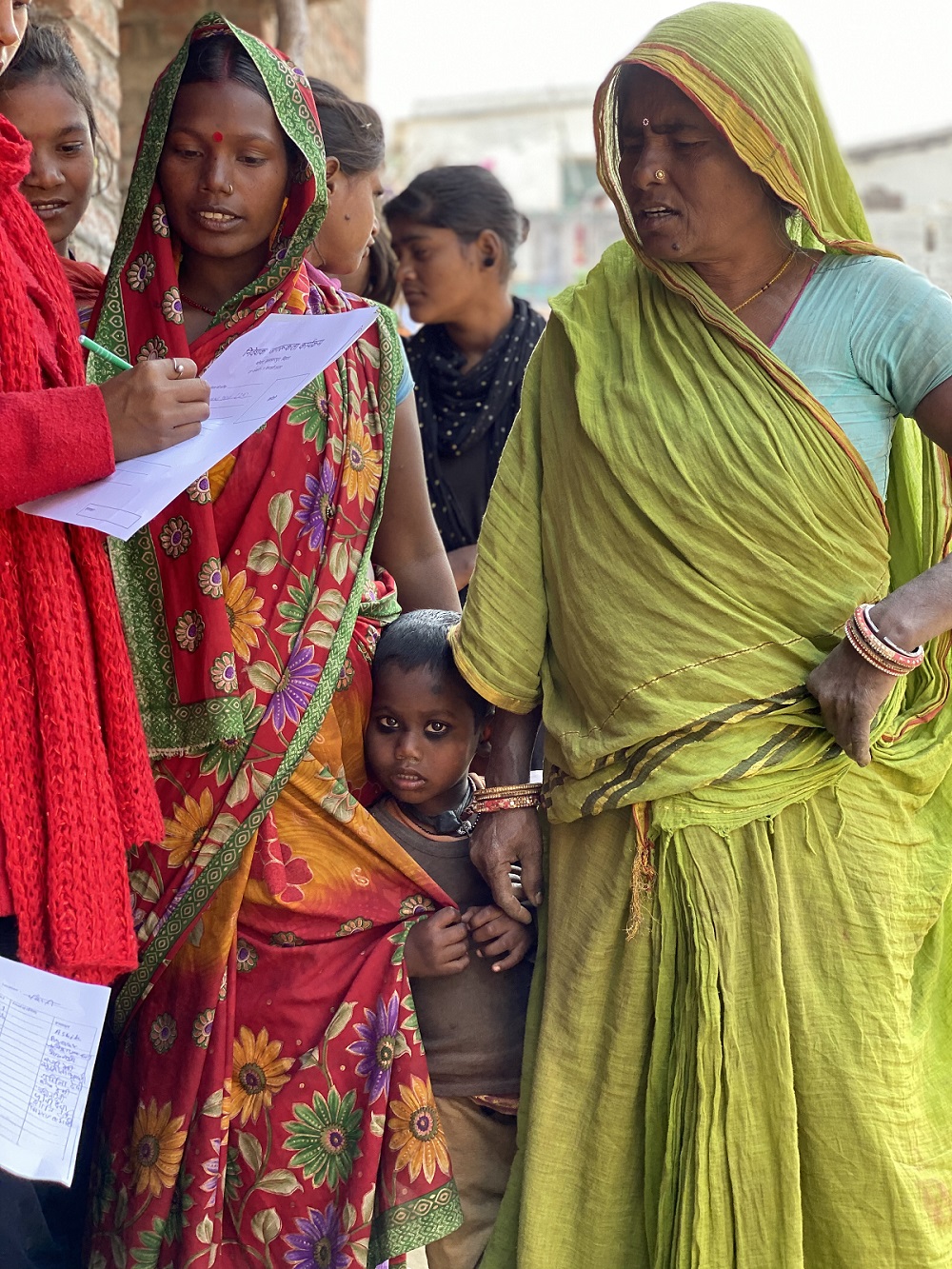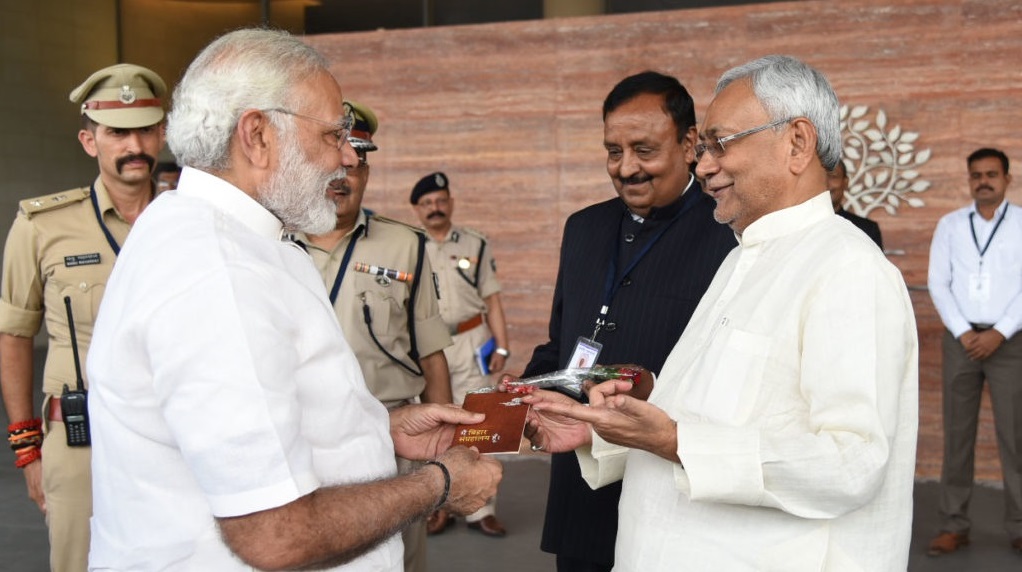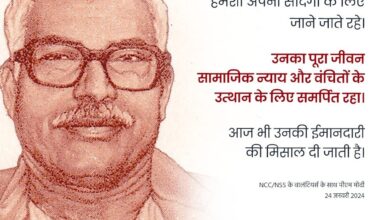Monster at Home: Rising Cases of Domestic Violence During Lockdown

There is never an extenuation for violence. Any assault or cruelty against women is a contravention of human rights, rooted in gender inequality, a public health problem, and an impediment to sustainable development. Women encounter aggression in innumerable ways such as physical, emotional cruelty, enforced and unsolicited sex, premature and imposed marriage, female genital mutilation, trafficking and denial of wherewithal and civil liberties.
Violence can result in physical, mental, sexual, reproductive health and other health complications, and may raise susceptibility to implacable HIV. The Sustainable Development Goals (SDGs) identify the significance of tackling aggression against women to accomplish gender parity, equal opportunity and the strengthening of women as SDG5. The global indicator framework on SDG Target 5.2 is “To eliminate all forms of violence against women and girls in the public and private spheres, including trafficking and sexual and other types of exploitation.” It has social and economic consequences and costs for families, communities and societies.
Says National Commission for Women chief Rekha Sharma, “Domestic violence cases have doubled than what it was before the lockdown. The cases of domestic violence are high in Bihar, Uttar Pradesh, Haryana and Punjab.” She explains that the amplification of domestic violence cases is because the men are at home and they are drawing out their annoyance on women and they repudiate to partake in domestic chores. Women are also restricted within the four walls of the house and they cannot share their anguish and pain with anybody. The phenomenon is worldwide.
Burdening Exchequer
As per the World Bank report, violence against women is estimated to cost countries up to 3.7 percent of their GDP – more than double what most governments spend on education. Dereliction to address this issue also entails a substantial hefty cost for the future.
It is an established fact and has also been corroborated by a number of researches that children being raised up in an environment smeared with belligerence and antagonism are either sufferers or perpetrators of aggression and hostility in the upcoming time.
Humanitarian emergencies may intensify existing violence and lead to additional forms of violence against women. As different parts of the world has gone into varying degrees of lockdowns, shutdowns, curfews, social distancing etc, in the face of the ongoing coronavirus outbreak, there is worrying trend emerging in the form of rising cases of domestic violence. The trends of rising domestic violence are similar across countries in the globe, with the victims having nowhere to escape their abusers, usually a family member, characteristically male.
The proliferation of COVID-19 has ensnared women in their homes with their abusers, secluded from the people and the resources that could rally round them.
Humanitarian emergencies may intensify existing violence and lead to additional forms of violence against women. As different parts of the world has gone into varying degrees of lockdowns, shutdowns, curfews, social distancing etc, in the face of the ongoing coronavirus outbreak, there is worrying trend emerging in the form of rising cases of domestic violence.
This rise in report of domestic violence is, indeed, a cause of serious concern. While data are limited; reports from China, the United Kingdom, the United States, and many other countries such as Brazil, Germany, Italy, France and India suggest a significant rise in domestic violence cases since the coronavirus outbreak and increasing the risks to women’s lives. Every third women in the world live through physical or sexual brutality in their lifetime, according to the World Health Organization, making it “the most widespread but among the least reported human rights abuses.
Anamoly Worldwide
The evidence of increase in number of domestic violence cases reported in various parts of world after the coronavirus outbreak. In Jingzhou, a city in Hubei Province in China, the heart of the initial coronavirus outbreak, the domestic violence cases reported to police swelled to more than triple during the lockdown in February-March, from 47 last year to 162 this year. The number of cases reported to the native police tripled in these two months contrasted to the preceding year, as stated by Axios. Activists articulate this is in consequence of imposed lockdown.
In Brazil, the escalation in cases has been around 40-50 percent; in France, cases have gone up by 36 percent, in Cyprus, it gone up to 30 percent, in Italy, activists desperate texts and emails rose by 20 percent So, it wouldn’t be wrong to assume that there is indeed a global rise in domestic violence cases since the coronavirus lockdown.
The prevailing catastrophe also makes it more intricate for victims to seek assistance as medical amenities across the globe tumble to counter coronavirus affected sufferers.
Indian Scenario
As the nation undergoes the 21-day lockdown to contain the spread of the coronavirus, there has been an ascent in domestic violence cases. As per the National Commission for Women (NCW) report, total of 312 complaints have been received by NCW from the onset of lockdown till April 6. Out of the total number of complaints, 86 cases are of domestic violence. The maximum complaints reported from Uttar Pradesh (98), followed by Delhi (43) and 22 each from both Bihar and Maharashtra. These figures are only indicative and reflect only those cases who have reached out to the NCW.
Still in a number of households, in particular of lower strata, internet access is trifling, which thwarts women to file grievance through online mode
Yet, the NCW data is telling of the larger sociological and familial problem that could implode as the lockdown gets into second week.
Total of 312 complaints have been received by NCW from the onset of lockdown till April 6. Out of the total number of complaints, 86 cases are of domestic violence. The maximum complaints reported from Uttar Pradesh (98), followed by Delhi (43) and 22 each from both Bihar and Maharashtra.
However, this report of violence against women is not new, as per the world health organisation, nearly one in every three women worldwide have experienced physical and or sexual violence by an intimate partner, and as many as 38 percent of murders of women are committed by an intimate partner. These cases of violence against women are highly underreported as majority (55-95 percent) of women survivors of violence do not disclose or seek or seek any type of services. This is also reflected from India’s poor rank in second report on Women, Peace, and Security Index on released by the Georgetown University’s Institute for Women, Peace and Security. India’s ranked poorly at 133 out of 167 countries in the index based on three indicators – inclusion, justice and security.
As per the National Crime Records Bureau (NCRB), domestic violence against women figures as the top category of crime against women in 2018-19. The crime rate (per 100,000 women population) was 58.8 in 2018 in comparison with 57.9 in 2017, which has increased more than 3 times since 2007(16.3 per 100,000 women). As per the data, a total of 89,097 cases related to crimes against women were registered across India in 2018-19.
The number of criminal cases filed by women under the Indian Penal Court (IPC), the majority is filed labeled as ‘brutality by husband and his other family members’, which accounts to 31.9 percent.
Similarly, the National Family Health Survey (NFHS-4) report reveals that about 31 percent of married women have experienced physical, sexual or emotional violence since the age of 15 years. In cases of sexual violence, filed by married women, more than 83 percent were being done by the current partner, whereas around 9 percent perpetrators were ex-partner or divorcees.
National Family Health Survey (NFHS-4) report reveals that about 31 percent of married women have experienced physical, sexual or emotional violence since the age of 15 years.
However, for women who are not married, the experience of physical violence stems from the most common perpetrators, which includes mothers or step-mothers (56 percent), fathers or step-fathers (33 percent) and sisters or brothers (27 percent). This clearly indicates that domestic violence is one of the most prevalent forms of violence against women in India.
In current circumstances, women are not approaching authorities, as they think if the husband gets arrested, other in-laws members will be tormenting her. In the lockdown scenario, women can’t even reach their parents home. Also, they fear that they could endanger their parents to the ubiquitous virus.
Salvaging Amidst Crisis
At present, the doors to the outside world are shut for women who face domestic violence and they do not have much scope to escape. There is an urgent need to take appropriate steps and countries across the globe have been taking’ several initiatives such as, the government of Spain despite strict lockdown rules, has told women they will not be fined if they step out because of violence; the government of France has announced that it will pay for victims to stay in hotels and set up assistance points at supermarkets and pharmacies so that women can access them easily; UK police has encouraged victims to make use of a “silent call” by calling the emergency number ‘999’ and then dialing ‘55’ , which they will recognise the call as a cause for concern; the government in Australia has announced a fund of 142 million dollars to tackle cases of domestic violence; Officials in Greece, have come up with a campaign to assist women deal with problems clearly emerging from the issue of captivity.
Some countries are also working towards developing cutting-edge rescue regime on digital platform. As it is difficult for victims to make calls while the abusers are around, they can get in touch digitally through online chat and texting, thus making it secured and comfy while seeking assistance at home.
Taking a Cue
India’s can take a lesson from these countries and also take some further steps. One of the major hurdles in the country is high level of illiteracy among women and under-reporting, as reported by a section of media the cases of domestic violence are grossly under-reported in India. The under-reporting is majority in states where women literacy is very low and female are not vociferous about their rights and liberties. It is supported by the persistence of patriarchal gender and social norms as many women are scared to complain, as often the perpetrators are their own family members living within the same premises.
The law enforcement agencies and officials need to be communicated in stringent way that they have to play their role with utmost sincerity and address distress calls from women, not considering, the differences in class, creed or religious faith.
In these conditions, the administration and law enforcement agencies needs to recognise the gravity of the problem. At this time, more than at any other time, women need assurance that they will be heard and reaching to women in distress needs to be classified as an essential service. The law enforcement agencies and officials need to be communicated in stringent way that they have to play their role with utmost sincerity and address distress calls from women, not considering, the differences in class, creed or religious faith. More has to be also done as a society and it should not be attributed to the government alone. There needs to be societal change and society needs to work along with governments to bring about a change in people’s mindset to ensure that the rate of domestic violence against women decreases. If they heard or see any such incidents they should report to the police or administration and also assist such women. There is need of consistent surveillance and patrolling with urging people to report and come out if any problem, which could reduce the violence against women in this tough time and also in the future.
In the current scenario, under complete lockdown, enforced isolation and stressed out household has no respite than to coexist. In the absence of apposite flow of energy and any outlet for pent-up emotions, there are umpteen conflicts leading to commotion and chaos like situation in each household. Domestic violence can be addressed with unwearied and enduring resolution. The monsters need to be pinned down and purged in order to bring equanimity and quietude in the society and in the nation. We hope that the contemporary reboot button pressed for the entire globe, to get refurbished in the wake of coronavirus pandemic, brings a new dawn in ameliorating the bedlam of domestic violence.
[starbox id = “praveenksingh”]





Good article addressing domestic violence. Root cause for this is failing to understand each other’s feelings due to growing selfishness in our nature.
A concern that needs attention and serious efforts not only by administration but society also. One need to understand the seriousness of this . A well written article sir 👏🏻
Good one,its a reality in entire world and the lockdown ignites it.Apart from this I want to extract your attention to the growing pregnant cases across the country due to this lockdown.
It’s shocking to note that the domestic violence has increased in this lockdown period. When these brutality will stop?
Even in this uncertain condition they could not understand the importance of each other, when will they understand?
Insightful and thought provoking perspective
Let me compliment you for the suitable topic to write on during lockdown phase. The issue of domestic violence is a critical one. Even in educated society the issue of DV is a common phenomenon. There is no strate where this social altercation is a prevalent problem. The government needs to be more strict on the issue and address this deep-rooted problem. Please come up with more such relevant topic.
I visited this website for the first time and this is drawing me to explore more such topics.
Well researched and highly informative article. A grossly neglected area that needs immediate attention with combined efforts of Govt. and Non-Govt. bodies. A sensitization at early level especially through education can help in nipping the problem at early stages.
It’s high in Uttar Pradesh, Bihar, Maharashtra & Delhi. This is bound to happen. Hardly has any correlation with education although people talk of that.
A well documented article. While we are focussed on the immediate outcomes of the lockdown, there are other significant outcomes like this that usually get overlooked.
That domestic violence is spread in all layers of the society, economies and communities makes it imperative that measures be taken right away.
Praveenji, Very analytical view of ur article appreciable. Domestic violence is a worldwide phenomenal but to me i never come across any such type of violence either in my family, khandan, neighbours etc. Very strange how could people resort such inhuman actions reasons may b plenty but wife is noble profession one has to under go. May be due to frustration in men only lockddown period by&large even in normal days cases 498A is common cases wth police stns but after ds strain relationships problem for women to live independently is harrasing women is psychic issue🙏